ARE ARTISANS AND CRAFTSMEN OF OUR COUNTRY GIVEN THEIR DUE?
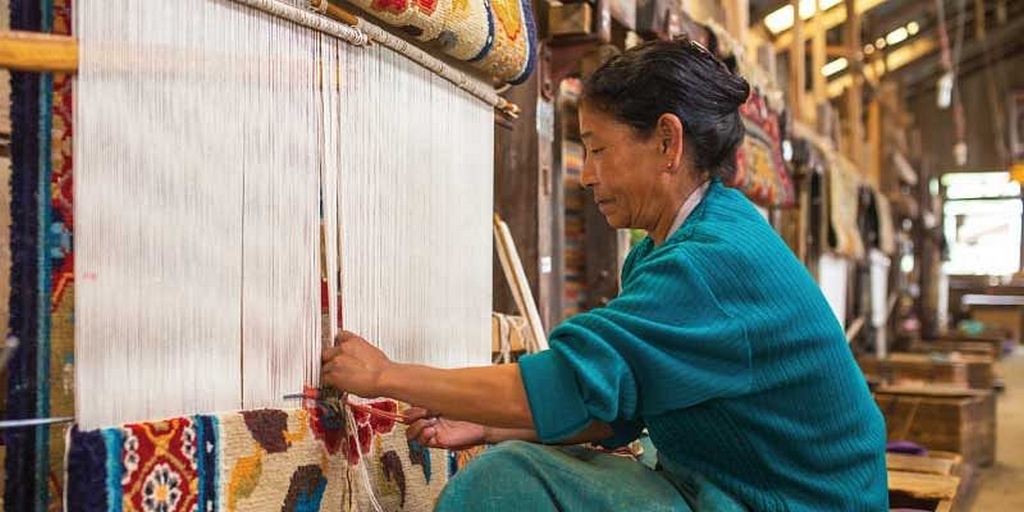
With 28 states and 9 union territories, India is blessed with varied arts and crafts that are unique to its specified region. These are the result of centuries-old knowledge influenced by different empires which are deeply embedded in our culture. Though originated as a form of decoration and in some to worship, it later evolved as a full vocation. As times changed so did some practices. Some remained and adapted to change, some dwindled and some on the verge of extinction. As a country have we explored the full potential of our arts and crafts? Or are we too enamored by us western counterparts? Would collaborative efforts between local creatives and the global community help in reviving and providing sustained livelihoods to artisans and craftsmen?
In the earlier times crafts enjoyed royal and aristocratic patronage, how their relevance diminished slowly due to industrialization in India. In the recent past, the number of artisans has been dwindling rapidly. The grim state of the artisans can be attributed to various reasons like inaccessibility to technology, absence of market intelligence, and poor institutional framework for the groups.
Another aspect that calls for attention is the production and invasion of duplicate items in the market. Since it is difficult for consumers to differentiate between traditionally handmade products and machine-made products, they often land up buying the latter, in turn, affecting the livelihood of artisans crafting them.

(Image Source: Regiane Tosatti_Pexels.com)
A journey towards Revival-ism
An NGO spearheaded by Ms. Shabana Azmi hosts the annual Mijwan collection overlooked by renowned fashion designer Mr. Manish Malhotra which has helped the small town in Uttar Pradesh develop and make significant advancements. Whereas, acclaimed fashion designer Ms. Anita Dongre’s Grassroot, was started with the pursuit to provide economic independence to groups of rural women. This has helped provide a sustainable way of preserving local craftsmanship. Fashion Designer, Mr. Rahul Mishra is well-known for incorporating traditional Indian textiles, and handmade artisanship to his work. Whereas, the doyen of exquisite intricate designs Mr. Sabyasachi Mukherjee has taken on projects that helps weavers of Murshidabad, Andhra Pradesh and Orissa. He has also been instrumental in reviving Benarasi sarees in pure khadi and vegetable handblock prints from Bagru. These are just few examples of established designers who have taken upon themselves to reignite a desire and make dying traditional practices aspirational.
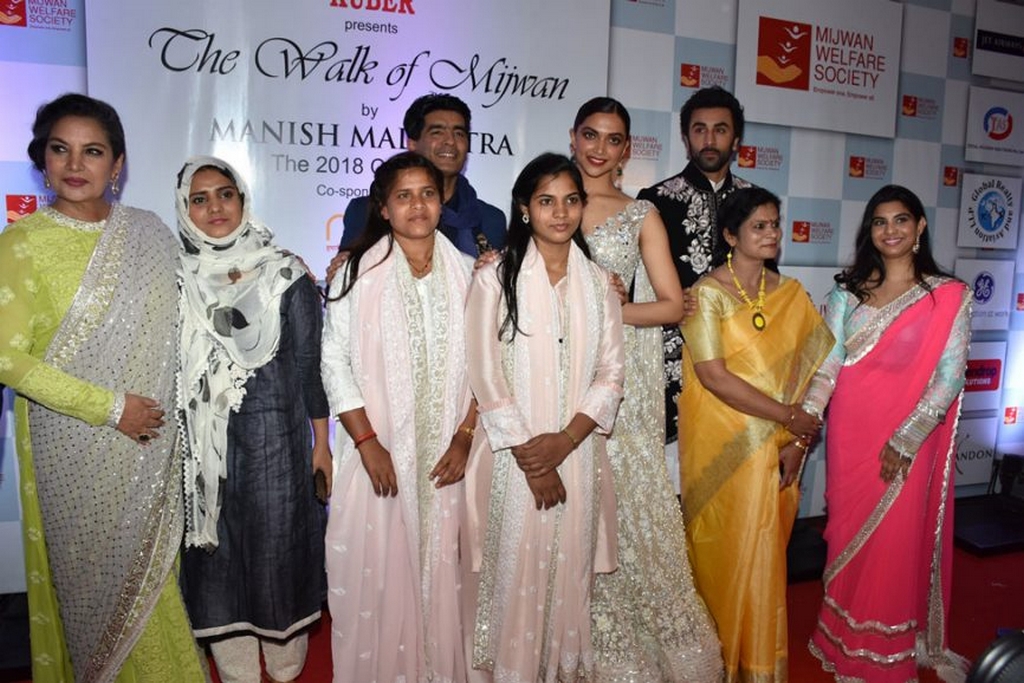
(Image Source: StyleGods)
Tikuli or bindi are synonymous as a decoration between the brows of many women. Originated 800+ years ago in Bihar it started out as a form of painting and enjoyed patronage under the Mughals. The art form however faced a blow with the decline of the Empire. In 1954, Chitracharya Padmashree Upendra Maharathi took on the mantle to revive the dying art form. Artist, craftsman, and painter Shree Ashok Kumar Biswas along with his wife, Ms. Shibani Biswas were instrumental in making the art form as a source of livelihood for over 300 women in Bihar. Heart of Art born out of a penchant for revival has 65 crafts listed on their platform and is a workbase for 400+artisans. The crafts are made of eco-friendly and sustainable materials such as jute, sabai and sikki grass, golden palm leaf and banana fibre. The organization conducts workshops with artisans that showcase their skills and interact directly with consumers.
These are just some pioneers who are instrumental in reviving our arts and craft in India.
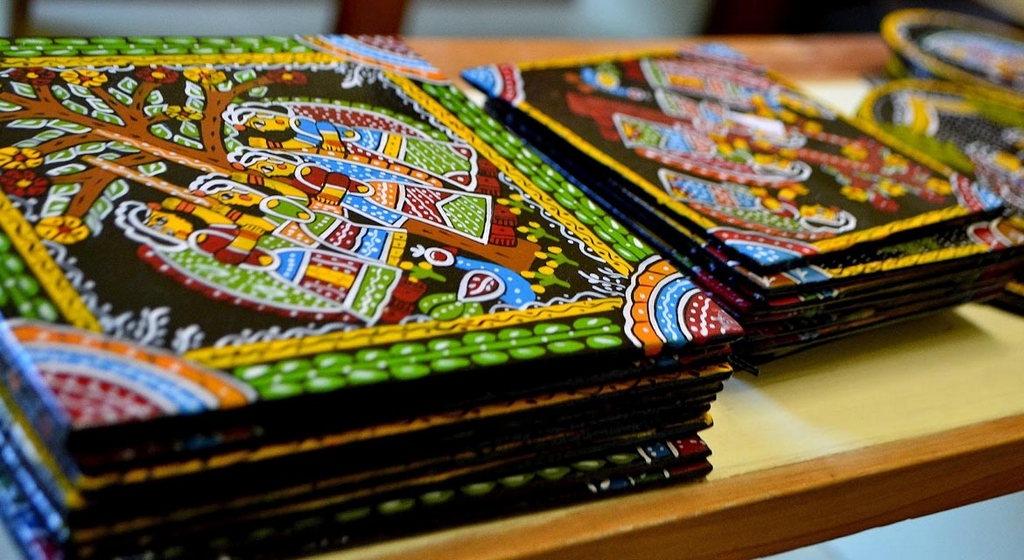
(Image Source: travelresponsibly)
The blanket of COVID-19
It is a curious time. Not just fear of a lurking deadly disease, but a shutdown that has impacted social and economic activity. For artisans, dependent on daily production and sales, life has come to a halt. In order to provide sustained livelihoods and protect the artisans from situations that restrict them from earning it is imperative to find solutions which will help to dispose of existing stock, plan re-entry into what will be a very changed market. Just as established and upcoming brands have adapted to the new situation by diversifying into creating protective overalls and face masks, artisans and craftspeople too will need to adapt to the changing times. Others are rediscovering long-lost techniques to refine their art and create something unique. Since artisans belong to different communities, different skills have to be targeted for different markets.
As per an excerpt mentioned in an article on thewire.in highlights the efforts by otherwise secretive retailers, designers and entrepreneurs who do not part way with the details of their artisans, have begun sharing their names and directing orders and donations directly to them. The realization that they cannot support them all in this dwindling economy and in hopes of keeping them employed, as the plight of the artisans and karigars will have direct impact on their businesses too.
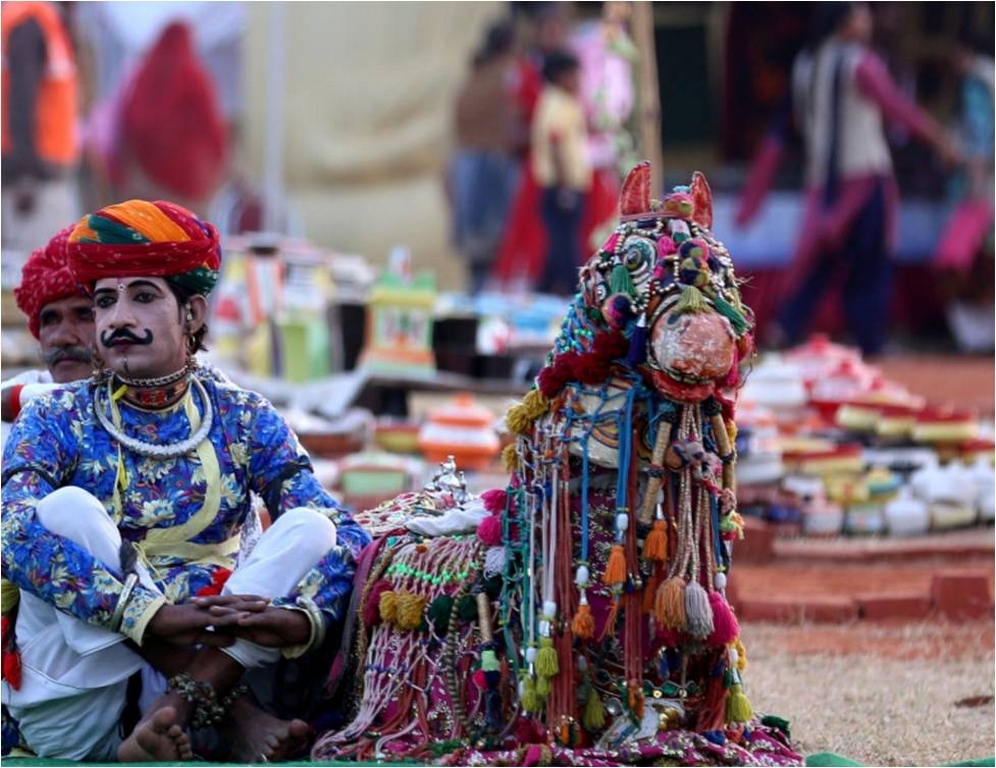
(Image Source: Pexels.com)
In order to build a cohesive sustainable livelihood for the artisans and karigars it is important to understand the region they come from and the cultural significance of their work. Given the number of younger generations who have traversed to cities in search of better livelihoods, end up working as daily wage labourers, security guards etc. provision of desirable compensation and well deserved recognition can draw young people back into the trade they are born into. A restructure in this industry by way of improving benefits for artisans can revive their trade and draw more people to it. During economic downturn when it is impossible to visit markets or have witness orders that are stalled or other modes of sales channels that they are acquainted with, going online is inevitable. Since, grassroot artisans do not have the means to engage or access to technology it is imperative to create partnerships to help them present their goods in an appealing manner online.
Just as established brands have turned to creating masks, gloves and PPE outfits, some artisans have started adapting to the new situation by trying their hand at creating these necessities. Though they may be a fraction of the total community, it should be considered as an opportunity and an area of growth.
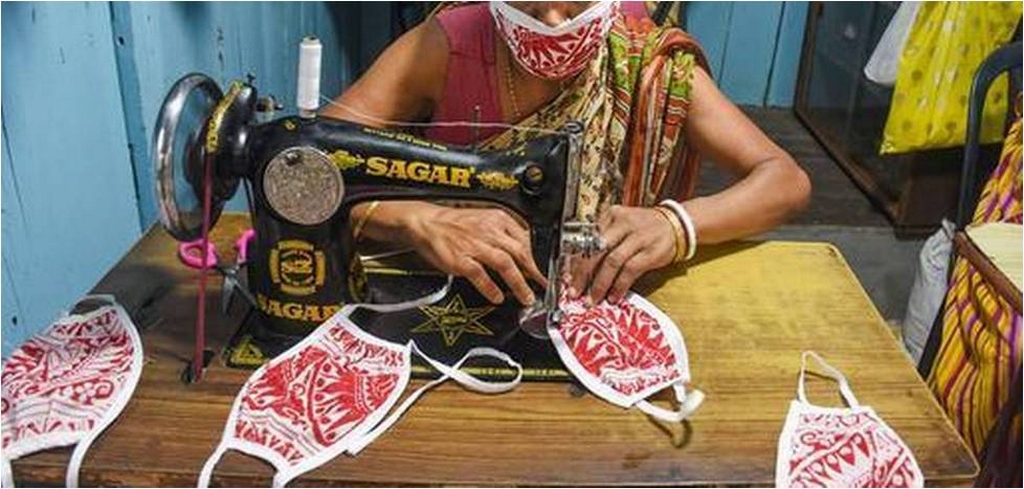
(Image Source: Business Line)
The way forward
Though the way ahead is trodden with uncertainty it is imperative to provide a facelift to the limitations of product, print and pattern developments. Brands across fashion, jewellery, architecture and interior design need to fully integrate the skills of craftsmen and artisans inorder to mould them to be truly sustainable in order to make, “Make in India” happen and lure Indians to “Think Local and Buy Local”.

#jdinstitute #jdinstituteoffashiontechnology #fashiondesign #artisandcrafts #artisans #craftsmen #makeinindia #thinklocalbuylocal #Mijwan #artsandcraftsrevival #revivalism #consciousfashion #sustainablelivelihood #sustainability #revival #handmade #crafts









